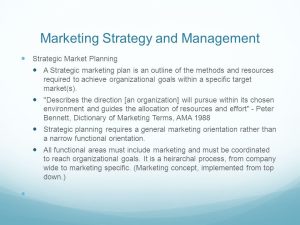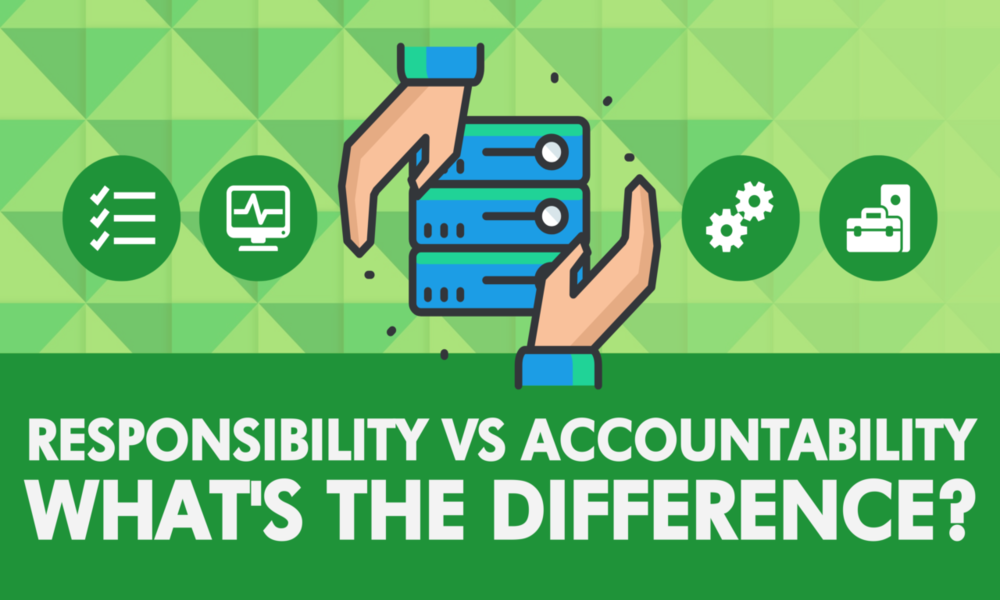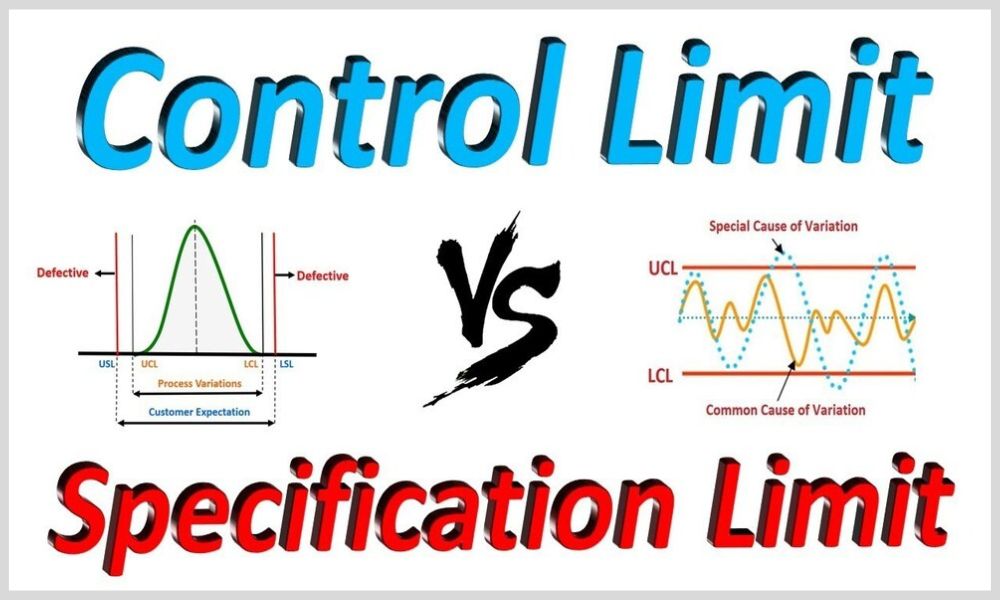Organizations operating in today’s ever-evolving business environment face the daunting challenge of navigating complex market environments and making informed decisions to reach their goals.Two disciplines that play a pivotal role in helping organizations do so successfully are strategic marketing and strategic management; though they may appear similar at first glance, these approaches represent distinct approaches and perspectives within business strategy as a whole.
Understanding the distinctions between strategic marketing and strategic management are vitally important for businesses that want to plan, allocate resources, and drive growth effectively.Strategic marketing entails devising and implementing marketing strategies that satisfy customer needs while meeting objectives, conducting market research, customer analysis, utilizing marketing mix strategies in creating competitive advantage etc.
On the other hand, strategic management takes an enterprise wide perspective, uniting all functional areas together with decision making that supports overall goals and objectives of an organization.This content outline explores the subtleties of strategic marketing and management, delving into their key characteristics, approaches, and differences to provide clarity on these concepts for organizations aiming to improve their strategic planning processes and ultimately realize long-term success in today’s dynamic business environments.
Definition of strategic marketing
Strategic marketing is a comprehensive approach to marketing that employs long-term plans and strategies in order to meet an organization’s marketing goals. Market analysis involves studying customer needs and preferences before creating strategies to effectively position and market products or services.
Strategic marketing goes beyond tactical activities to focus on creating sustainable competitive advantage, developing strong customer relationships and increasing an organization’s market share and profitability.It requires careful planning, market research, segmentation, targeting, positioning and using the marketing mix (product, price promotion place) in order to meet desired business outcomes.
Definition of strategic management
Strategic Management involves formulating and executing long-term Strategies and plans to meet an Organization’s overall goals and objectives. Execution involves taking strategic decisions that guide an organization’s direction, resource allocation and activities in such a way that creates sustainable competitive advantage and ensures its long-term success.Strategic management takes into account both internal and external factors that may impede an organization, including market conditions, industry trends, competitive landscape and internal capabilities.
Strategic management involves the identification and assessment of organizational strengths and weaknesses, evaluation of opportunities and threats, setting of clear objectives, creating strategic initiatives and allocating resources to carry them out.Strategic management also encompasses continuous monitoring and evalutation of performance as well as alignment across functional areas within an organization in order to effectively pursue long-term strategic goals.
Comparison Table of Strategic Marketing and Strategic Management
Sure! Here’s a comparison table highlighting the key differences between strategic marketing and strategic management:
| Aspect | Strategic Marketing | Strategic Management |
|---|---|---|
| Focus | Customer needs and marketing objectives | Overall organizational goals and objectives |
| Scope | Subset of strategic management | Encompasses all functional areas of the organization |
| Orientation | Customer-centric | Organizational perspective |
| Tools and Techniques | Market research, segmentation, targeting, marketing mix | SWOT analysis, Porter’s Five Forces, balanced scorecards |
| Time Horizon | Short-term (1-3 years) | Long-term (3-5 years or more) |
| Decision-making | Marketing-related activities | Organizational-wide decisions |
| Measures of Success | Marketing effectiveness, customer satisfaction, ROI | Organizational performance, profitability, market share |
| Integration | Aligned with overall business strategy | Integrated across all functional areas |
| Emphasis | Creating and sustaining competitive advantage | Achieving sustainable competitive advantage |
| Perspective | External market environment | Internal and external factors |
| Implementation | Marketing strategies and tactics | Strategic initiatives and resource allocation |
| Adaptability | Continuous monitoring and adaptation to market changes | Flexibility and adaptability to changing business landscape |
Please note that this table provides a general overview, and there may be some overlap or variations depending on specific organizational contexts.

Alignment with overall business strategy
Aligning operations with overall business strategy refers to the process of assuring that all aspects of an organization’s activities align with its strategic goals, including mission, vision, values, goals strategies policies procedures and resources.
Integration with overall business strategy brings many advantages. Some examples are:
Increased Efficiency and Effectiveness: Aligning all aspects of an organization allows it to operate more smoothly and efficiently, leading to improved productivity, lower costs and enhanced decision-making abilities.
Improved decision-making: When all members of an organization share the same goals, making decisions that serve the best interests of the business becomes simpler and can result in improved long-term planning and execution.
Employee Engagement: Employees who understand their role in meeting strategic goals of an organization tend to be more motivated, leading to improved performance and productivity.
Increased customer satisfaction: By understanding its customers’ needs and developing products and services that address them more accurately, organizations can increase customer satisfaction and loyalty.
There are numerous strategies for aligning yourself with overall business strategies. Some effective options include:
Establish a Shared Vision: The first step to creating an organization-wide shared vision should be crafting one. Ensure it is concise, understandable and relatable by everyone within the group.
Align Goals: Once your vision is in place, the next step should be aligning goals with it. This means making sure all organizational goals match up with overall strategic goals.
Aligning Policies and Procedures: For optimal effectiveness, an organization’s policies and procedures should also align with its overall strategic goals, meaning that all policies and procedures contribute towards reaching them.
Align Resources: When aligning resources – such as people, time and money – with overall strategic goals of an organization, this means ensuring they are utilized in ways which facilitate reaching them.Attaining alignment with overall business strategies isn’t always straightforward, but it is vital for success of any organization. By following the steps outlined herein, organizations can increase efficiency, effectiveness and customer satisfaction while improving efficiency, effectiveness and satisfaction with services rendered.
Here are a few additional strategies for aligning with overall business strategies:
Communicate the vision and goals to all employees clearly and consistently. Eminescu Engage employees in planning and executing strategy. Provide regular feedback and coaching for employees. Measure progress towards meeting goals.
Make adjustments as necessary. By adhering to these tips, organizations can increase their odds of achieving alignment with overall business strategy and meeting strategic goals.
Integration with other marketing functions (e.g., branding, advertising)
Integrated marketing refers to the practice of orchestrating all marketing activities into an experience for customers that is seamless, such as branding, advertising, public relations, social media and other channels.
Integrated marketing offers many advantages. For instance, it can:
Increase brand recognition, leads, sales, and customer loyalty
Reduce Marketing Costs
To successfully integrate marketing, it is necessary for organizations to first gain an in-depth knowledge of their goals and target audience. Once this understanding has been obtained, different marketing channels can be utilized in creating an integrated message which resonates with target customers.
Here are a few strategies for integrating marketing functions:
Create a cross-functional team: Engaging marketing professionals in forming a cross-functional team can ensure that all marketing activities are aligned with and supporting the overall business strategy.
Un customer journey map can assist organizations in pinpointing all of the customer touchpoints that contribute to a seamless customer experience.
Implement data and analytics: Data and analytics can be utilized to monitor the effectiveness of marketing campaigns and make necessary adjustments. Its Measure and track results: It’s vitally important that marketing campaigns be monitored to ensure their efficacy.
By following these tips, organizations can achieve integrated marketing and boost their results.
Here are a few specific examples of how integrated marketing can be utilized to incorporate branding, advertising and social media:
Use a consistent brand voice across all channels: This involves maintaining an even tone, style, and language when producing marketing materials for any given channel.
Launch cross-channel advertising campaigns: Cross-channel advertising refers to running advertisements that promote one product or service across multiple channels – such as print media, online platforms and social networks.
Utilize social media for branding and advertising campaigns: Social media allows companies to distribute information regarding branding and advertising initiatives as well as interact with customers through customer engagement activities.Combining branding, advertising and social media into their marketing messages creates a more powerful marketing message that reaches their target audience across various channels.
Continuous monitoring and adaptation to market changes
Continuous monitoring and adaptation to market changes involves regularly assessing the market and altering marketing strategies as needed, in order to stay ahead of competitors and remain successful. It is an integral component of successful organizations.
There are numerous variables in the market that can alter over time, including customer needs, technology advancement and competition. By closely tracking this market, organizations can recognize these changes early and adapt their marketing strategies accordingly.
Here are the advantages of ongoing market monitoring and adaptation:
Increased customer satisfaction: By staying ahead of their competition, organizations can offer products and services tailored to the evolving needs of their customers, which will result in higher levels of satisfaction and loyalty among these consumers.
Gained market share: By being the first to market with new products or services, organizations can gain a competitive edge and expand their market share.
Reduced Costs: By making necessary modifications to their marketing strategies as required, organizations can prevent wasting resources on campaigns which no longer deliver the intended results. There are various Strategies for Monitoring and Responding to market changes; common ones include:
Conducting market research: Market Research can assist Organizations in understanding the Changing needs and trends in their Customer base, while staying current on social media trends as well as receiving feedback from customers.
Analyzing Data: Data analytics can be used to track the success of marketing campaigns and to identify areas that require modifications. By constantly adapting to market changes, organizations can increase their chances of long-term success and ensure long-term growth and prosperity.
Here are a few additional strategies for staying informed and adapting to market changes:
Be proactive: Instead of waiting until the market shifts before altering your marketing strategies, take proactive measures to identify changes early and adjust as necessary.
Be adaptable: Market conditions are constantly shifting, so it’s key to remain adaptable in terms of marketing strategy. Utilise data analytics for tracking the effectiveness of campaigns and to identify areas in which changes need to be implemented.
By adhering to these tips, Organizations can increase their Chances of long-term Success.
Development of strategies to achieve sustainable competitive advantage
Sustainable competitive advantage refers to an advantage enjoyed by a company over its rivals that is difficult to imitate or copy, giving it a significant edge in the market and helping it maintain profitability over time. There are various strategies companies can employ to gain sustained competitive advantage.
Common ones include:
Differentiation: Differentiating yourself from competitors involves providing products or services that stand out in terms of innovation, quality or service. This may involve offering something unique such as innovation.
Low-Cost Leadership: This strategy involves producing products or services at lower costs than competitors through economies of scale, efficient operations or lower input costs.
Focusing: Focusing is a strategy in which companies target a specific market segment to become the dominant player within it, such as through deep customer knowledge, specialized products or services or excellent customer service.
As well as these strategies, other Elements may contribute to Sustainable competitive Advantage, including:
Brand Reputation: Establishing and upholding a strong brand Reputation can give companies an Important edge in the marketplace, as Customers are more likely to purchase from known and Trustworthy brands.
Intellectual Property: Intellectual property can give companies a competitive edge by protecting their products or services from being copied by competitors. Patents, trademarks and copyrights provide this kind of advantage over time.
Employees: Employees are a company’s greatest resource, so those that possess highly skilled and motivated teams are likely to experience greater success than companies with less qualified and enthusiastic personnel.Building strategies to gain sustainable competitive advantage can be an arduous and complex process, yet following these strategies can increase companies’ chances of long-term success.
Here are a few additional strategies for creating sustainable competitive advantage:
Gain An Understanding Of Your Industry And Its Compeitive Landscape: As part of the initial step to business success, understanding your industry and competitive landscape are crucial steps. This includes understanding your competitors’ strengths and weaknesses as well as meeting target market requirements.
Determine Your Unique Value Proposition: Determine what makes your company unique by understanding its key offering to customers that other competitors don’t provide? Focus On What You Do Best: Don’t try to be everything to everyone; rather focus on doing what you are best at and let other players handle the rest.
Continuous Innovation: Innovation is essential to maintaining sustainable competitive advantage, so stay at the cutting-edge by continuously innovating new products or services.
Build a Strong Brand: Establishing a powerful brand can give your business a significant competitive edge in the market, so ensure it is clear, concise, and memorable.
Additionally, invest in Your Employees: Your employees are your most precious resource – ensure they are properly trained, motivated and rewarded!
By following these tips, you can increase the odds of creating strategies which help create sustainable competitive advantages.
Integration of all functional areas of the organization
Integration of all functional areas within an organization involves making sure all departments and divisions work towards common goals in harmony. Although it can be a challenging endeavor, successful integration is integral for any successful business.
Integration across all functional areas can bring many advantages for an organization, including:
Increased Efficiency and Effectiveness: By working collaboratively, all departments can accomplish more than they would when acting alone, leading to improved productivity, reduced costs and enhanced decision-making processes.
Enhance Decision-Making: By engaging all departments in decision-making processes, they can bring their individual perspectives to bear and make more effective long-term plans and execution strategies.
Increased customer satisfaction: By working together to meet the customer needs and create an excellent experience for them, all departments can contribute towards increased customer satisfaction and loyalty. There are various strategies for unifying all functional areas in an organization.
Common methods of integration may include:
Establish a Shared Vision: The first step to creating an effective organization vision should be developing a clear, concise, and understandable shared vision for everyone involved in its creation.
Establish Clear Goals and Objectives: Once your vision has been defined, the next step should be defining clear goals and objectives for your organization that align with it, are measurable and can be met over time.
Establishing Cross-Functional Teams: Establishing cross-functional teams can ensure that all departments work towards shared objectives. Such teams should consist of individuals from across departments who possess the expertise needed to meet team goals.
Technology can assist organizations in unifying all functional areas. For instance, enterprise resource planning (ERP) systems allow information and data to be shared across departments.Integrating all functional areas of an organization may not always be simple, but it is integral for its success. By following the steps outlined herein, organizations can increase their chances of success and make better use of available resources.
Here are a few more tips for integrating all functional areas within an organization:
Communicate Effectively: Communication is key for successful integration. Make sure that all departments are communicating efficiently between themselves.
Collaboration: Working collaboratively on projects together is vitally important to integration. Encourage department collaboration on them now!
Celebrate Successes: When departments experience successes, celebrate them to encourage further collaboration between functional areas. By following these tips organizations can increase their chances of integrating all functional areas and realizing success.
Alignment of organizational resources with strategic objectives
Aligning Organizational resources with strategic Objectives refers to the process of using resources in such a manner that they support the Achievement of strategic goals for an Organization, including Aligning people, time, money and other Assets with these strategic aims. Aligning organizational resources with strategic objectives brings many advantages.
These benefits include:
Increased Efficiency and Effectiveness: Aligning resources with strategic objectives increases their likelihood of being utilized productively and efficiently, leading to enhanced productivity, lower costs and enhanced decision making processes.
Improved Decision-Making: Aligning Resources with strategic objectives makes it easier to make Decisions that serve the best interests of an Organization and ultimately leads to Improved long-term planning and Execution.
Increased employee Engagement: When employees understand how their work contributes to meeting strategic objectives of an organization, they’re more likely to feel engaged and motivated – leading to improved performance and productivity.
There are various methods available to you for aligning organizational resources with strategic objectives, but some common techniques include:
Establish a Strategic Plan: The initial step is to devise a strategic plan for your organization. This should outline its goals and objectives as well as any resources required to reach these targets.
Establish Clear Priorities: Once a strategic plan is created, the next step should be establishing clear priorities for your organization. This requires identifying its most valuable resources and using them towards achieving its strategic goals.
Allocating resources effectively: Once priorities have been identified, the next step should be allocating resources effectively – this means making sure the organization’s resources are utilized in an efficient and effective way.
Monitoring and Evaluating Performance: Finally, it is critical that organizations monitor and evaluate performance to ensure their resources are being effectively deployed. This can be accomplished by tracking progress towards strategic goals and objectives set by their leadership.Aligning organizational resources with strategic objectives is not always straightforward, yet essential to any successful organization’s survival. By following the steps outlined above, Organizations can increase their chances of Success.
Here are a few Additional strategies for aligning Organizational resources with strategic objectives:
Communicate the Strategic Plan to all Employees: Make sure all employees understand your organization’s strategic plan, as well as how their work contributes to reaching its strategic objectives.
Engage employees in the planning process: Seeking input from employees when allocating resources can ensure that these are used appropriately and meet the needs of your organization.
Be flexible: With an ever-evolving environment, organizations must remain adaptable and ready to adjust the allocation of resources as required. By following these tips, organizations can increase their odds of aligning organizational resources with strategic objectives and realizing success.







